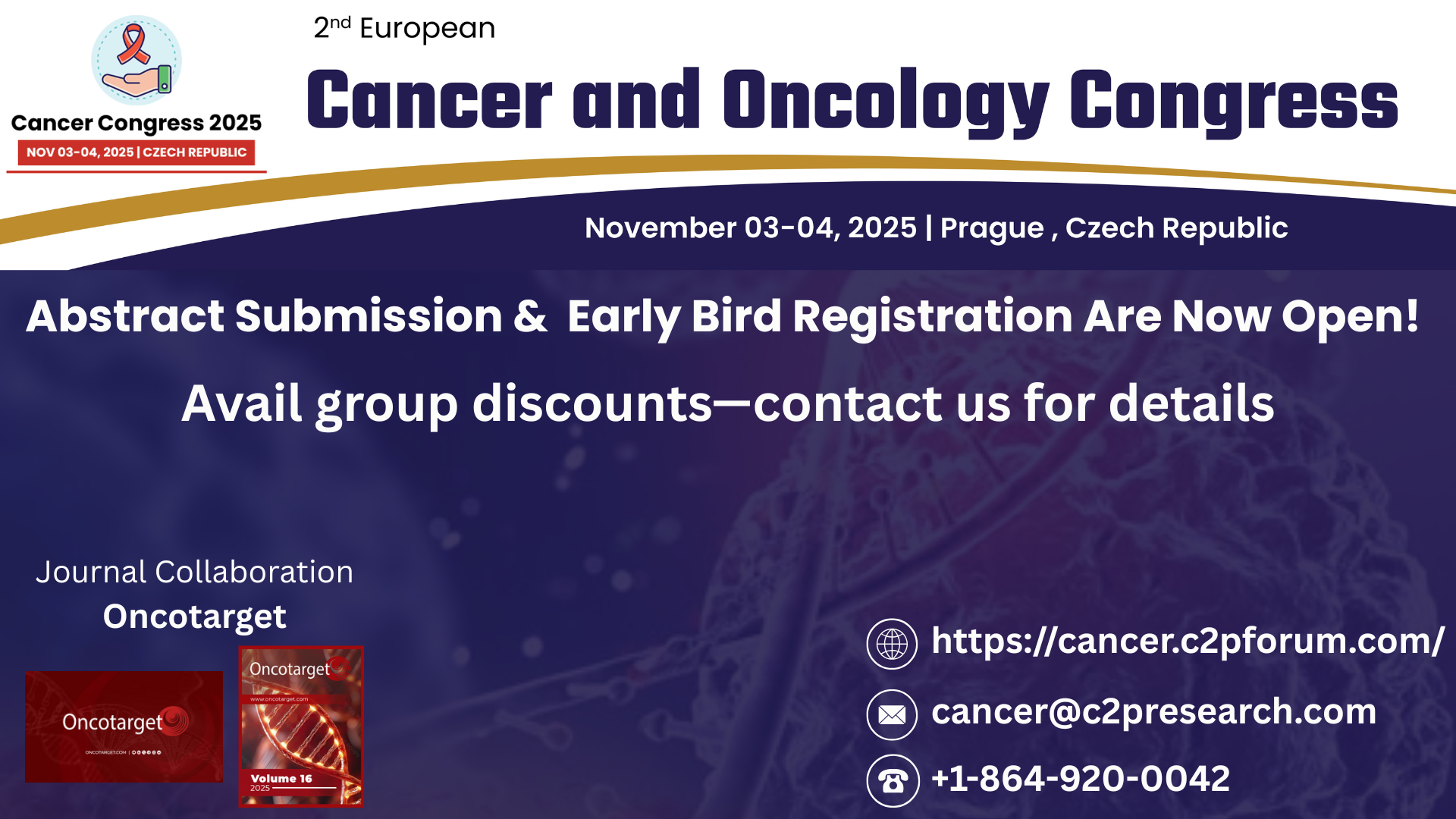Research Papers:
IMP2/IGF2BP2 expression, but not IMP1 and IMP3, predicts poor outcome in patients and high tumor growth rate in xenograft models of gallbladder cancer
PDF | HTML | Supplementary Files | How to cite
Metrics: PDF 2611 views | HTML 5870 views | ?
Abstract
Sonja M. Kessler1,2,*, Eva Lederer1,*, Stephan Laggai2, Nicole Golob-Schwarzl1,3, Kevan Hosseini2, Johannes Petzold1, Caroline Schweiger1, Robert Reihs1, Marlen Keil4, Jens Hoffmann4, Christian Mayr5, Tobias Kiesslich5, Martin Pichler6,7,8, Kyung Sik Kim9, Hyungjin Rhee10, Young Nyun Park11, Sigurd Lax12, Peter Obrist13, Alexandra K. Kiemer2 and Johannes Haybaeck1,14
1Institute of Pathology, Medical University of Graz, Graz, Austria
2Department of Pharmacy, Pharmaceutical Biology, Saarland University, Saarbrücken, Germany
3Center for Biomarker Research in Medicine, Graz, Austria
4Experimental Pharmacology and Oncology Berlin-Buch GmbH, Berlin, Germany
5Laboratory for Tumor Biology and Experimental Therapies, Institute of Physiology and Pathophysiology, Department of Internal Medicine I, Paracelsus Medical University, Salzburg, Austria
6Division of Oncology, Department of Internal Medicine, Medical University of Graz, Graz, Austria
7Research Unit for Non-coding RNAs and Genome Editing in Cancer, Medical University of Graz, Graz, Austria
8Department of Experimental Therapeutics, The University of Texas MD Anderson Cancer Center, Houston, USA
9Department of Surgery, Yonsei University College of Medicine, Seoul, South Korea
10Department of Radiology, Brain Korea 21 PLUS Project for Medical Science, Yonsei University College of Medicine, Seoul, South Korea
11Department of Pathology, Brain Korea 21 PLUS Project for Medical Science, Yonsei University College of Medicine, Seoul, South Korea
12Department of Pathology, General Hospital Graz Sued-West, Graz, Austria
13Laboratory of Pathology, Dr. Obrist and Dr. Brunhuber OG, Zams, Austria
14Department of Pathology, Medical Faculty, Otto-von-Guericke-University Magdeburg, Magdeburg, Germany
*These authors contributed equally to this work
Correspondence to:
Johannes Haybaeck, email: [email protected]
Keywords: IGF2BP2/IMP2/p62, IGF2BP3/IMP3, IGF2BP1/IMP1, NADPH oxidase, gallbladder carcinoma
Received: January 04, 2017 Accepted: September 04, 2017 Published: September 21, 2017
ABSTRACT
Overexpression of the oncofetal insulin-like growth factor 2 mRNA-binding protein 2 (IMP2/IGF2BP2) has been described in different cancer types. Gallbladder carcinoma (GBC) is a rare but highly aggressive cancer entity with late clinical detection and poor prognosis.
The aim of this study was to investigate the role of IMP2 in human GBC.
Tissue microarrays (TMAs) of an international multi-center GBC sample collection from n = 483 patients were analyzed by immunohistochemistry. IMP2 immunoreactivity was found in 74.3% of the tumor samples on TMA, of which 14.0% showed strong and 86.0% low staining intensity. 72.4% of the tumor samples were IMP1 positive, but IMP1 showed lower expression in tumor tissue compared to control tissues. IMP3 immunoreactivity was observed in 92.7% of all tumors, of which 53.6% revealed strong IMP3 expression. Kaplan-Meier analysis linked high IMP2 expression to shorter survival time (p = 0.033), whereas neither IMP1 nor IMP3 expression was linked to a decreased survival time. Eight different human biliary tract cancer (BTC) cell lines were evaluated for tumor growth kinetics in mouse xenografts. Cell lines with high IMP2 expression levels showed the fastest increase in tumor volumes in murine xenografts. Furthermore, IMP2 expression in these cells correlated with the generation of reactive oxygen species (ROS) and RAC1 expression in BTC cells, suggesting RAC1-induced ROS generation as a potential mechanism of IMP2-promoted progression of GBC.
In conclusion, IMP2 is frequently overexpressed in GBC and significantly associated with poor prognosis and growth rates in vivo. IMP2 might therefore represent a new target for the treatment of advanced GBC.
 All site content, except where otherwise noted, is licensed under a Creative Commons Attribution 4.0 License.
All site content, except where otherwise noted, is licensed under a Creative Commons Attribution 4.0 License.
PII: 21116

